Top Things to Know Before Buying Planters For Indoor Plants
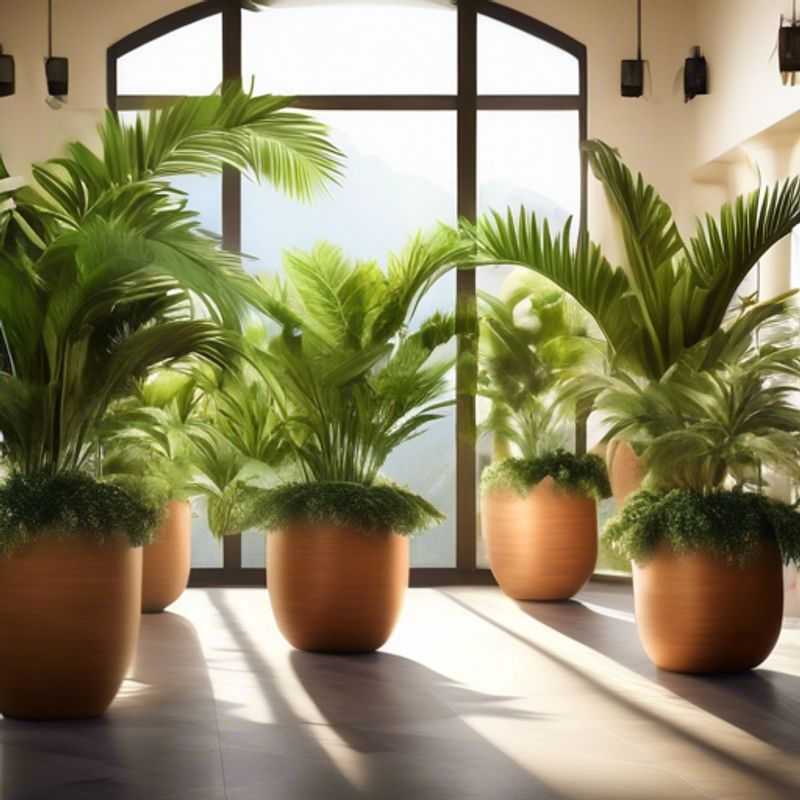
The Top Things to Know Before Buying Planters for Your Indoor Plants: A Guide for Success
Ah, the humble planter. It's often overlooked, but it's the cornerstone of any thriving indoor plant collection.
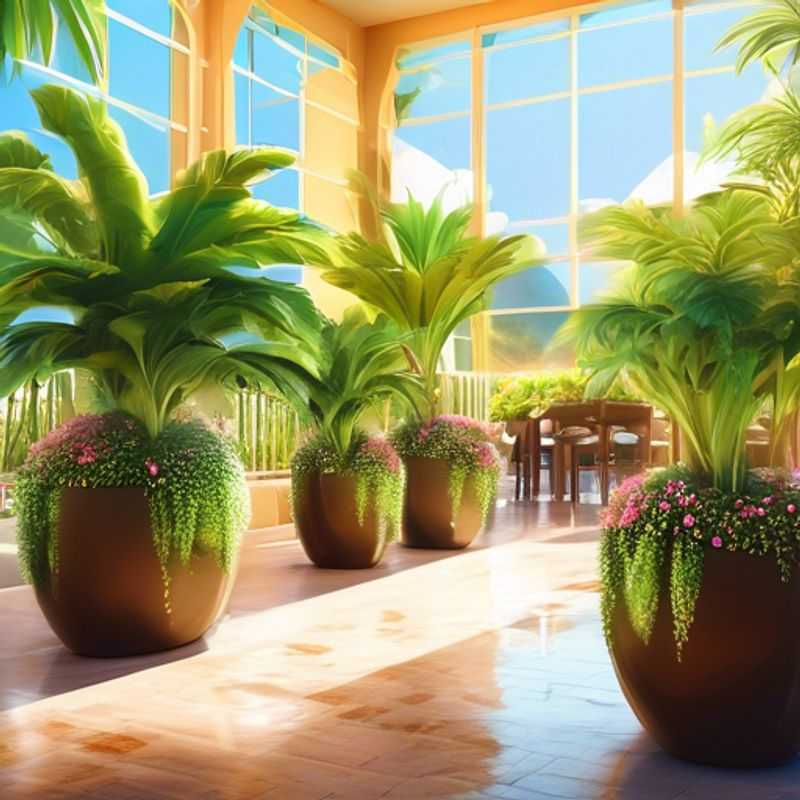
Planter Size and Weight: A Crucial Factor for Plant Growth
Choosing the right planter is crucial for your plant's health and growth. It's not just about aesthetics; the size and weight of the planter play a significant role in providing a stable foundation for your plant. A planter that's too small can restrict root growth and lead to nutrient deficiencies, while a planter that's too large can retain too much water and cause root rot.
Consider the mature size of your plant and choose a planter that provides ample space for its roots to grow. Also, the weight of the planter is important, especially for larger plants. A heavy planter will provide stability and prevent the plant from tipping over. If you're concerned about the weight, consider using a planter with a wider base or adding a layer of gravel at the bottom for extra weight.
Don't forget to factor in the weight of the soil and the plant itself when determining the overall weight. You might need a sturdy stand or platform to support a heavy planter, especially if it's placed on a balcony or deck. Remember, choosing the right planter can make a big difference in your plant's well-being. Investing in a quality planter that suits your plant's needs is a worthwhile investment in its long-term health and beauty.
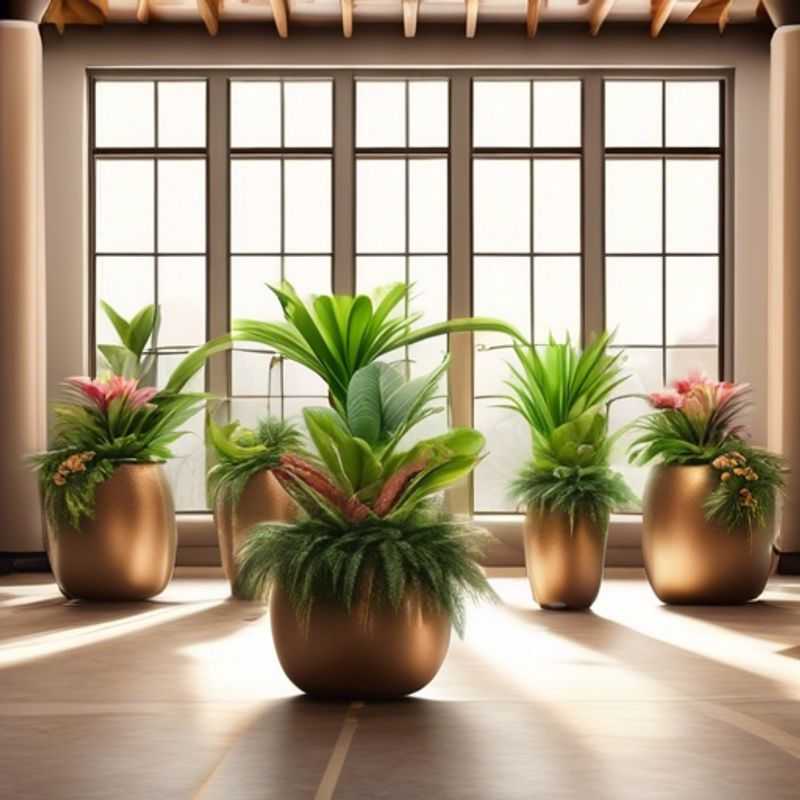
Choosing the Right Planters for Indoor Plants: Materials Matter
When choosing planters for your indoor plants, it’s crucial to consider the material. Ceramic and plastic are excellent choices for indoor use. Ceramic planters are beautiful and can hold moisture well, while plastic planters are lightweight, affordable, and often come in various colors and styles. Both options are durable and suitable for indoor environments. You'll want to ensure the planter has drainage holes to prevent overwatering and root rot.
There's no need to spend a lot of money on planters. Many affordable and stylish options are available online and in stores. However, if you're looking for something unique or handcrafted, you can find beautiful ceramic planters from local artists or online marketplaces.
When choosing a planter, consider the size of your plant. The pot should be slightly larger than the root ball, allowing for proper growth. You'll also want to make sure the planter is heavy enough to prevent tipping over, especially if you have larger plants or pets.
Remember, these are just general guidelines. Ultimately, the best planter for your indoor plants will depend on your specific needs and preferences. With a little research, you'll find the perfect planter to enhance your indoor garden.
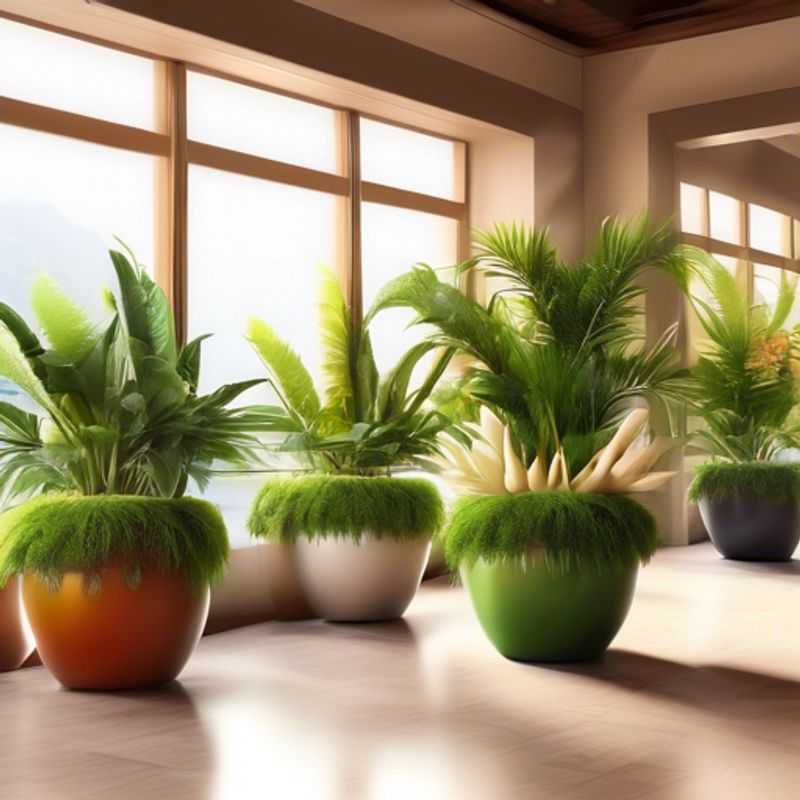
Drainage, Drainage, Drainage: Ensuring Your Planter's Health
Ensure the planter has proper drainage holes to prevent waterlogging. This is crucial for the health of your plants. Waterlogging occurs when water accumulates in the soil, depriving roots of oxygen and potentially leading to root rot. Drainage holes allow excess water to escape, preventing this.
When choosing a planter, look for one with multiple drainage holes at the base. If a planter lacks drainage holes, consider drilling some yourself. Ensure the holes are large enough to allow for adequate water flow. You can also place a layer of gravel at the bottom of the planter for improved drainage.
Regularly check the soil moisture. Allow the top inch of soil to dry out between waterings. This helps ensure that the roots are not constantly submerged in water.
By providing proper drainage, you create a healthy environment for your plants to thrive. Remember, a well-draining planter is a key element in successful plant care.
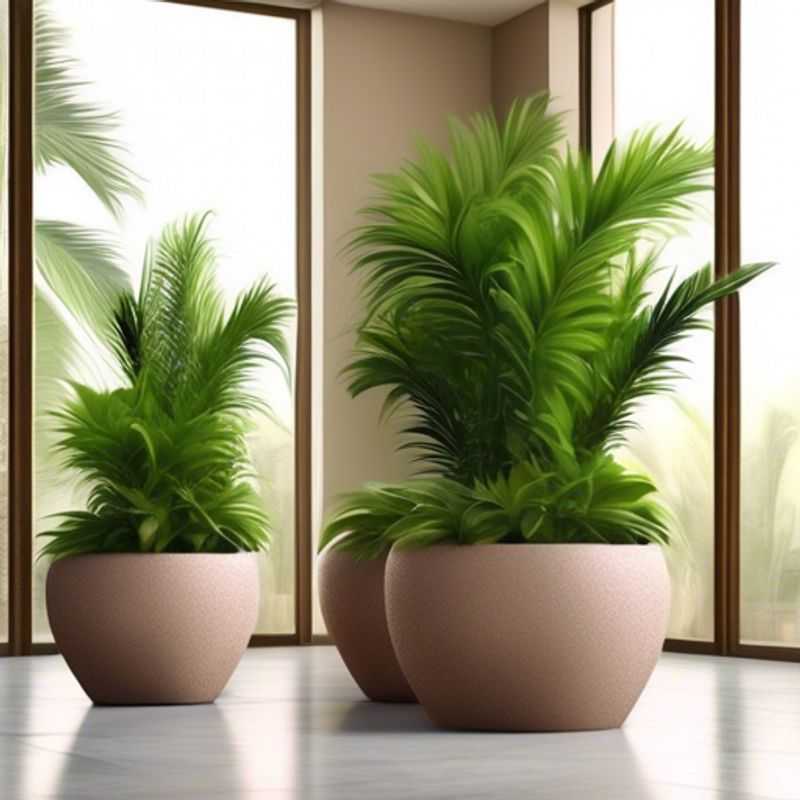
The Importance of Saucers and Trays: Protecting Your Plants and Home
Choosing a planter with a saucer or tray is a smart move for any plant parent. These simple additions help prevent water from pooling and potentially damaging your floors or furniture. Think of it as an extra layer of protection for your home.
Saucers and trays act as catch basins for excess water that drains from the planter. This is especially beneficial for plants that require frequent watering, as it allows the soil to drain properly without over-saturating the roots. This can help prevent root rot and keep your plants healthy and thriving.
A saucer or tray also adds a decorative element to your planter, providing a base for the pot and creating a cohesive look. They come in various styles and materials, making it easy to find one that complements your plant and your home decor.
When choosing a saucer or tray, consider the size of your planter. It should be large enough to catch any excess water without overflowing. You might also want to factor in the material. Some options include plastic, ceramic, metal, or wood. Each has its own advantages and disadvantages, so do your research to find the best option for your needs.
Remember, a saucer or tray isn’t just an add-on; it’s an investment in the well-being of your plants and the beauty of your home. A little extra care can make a big difference.
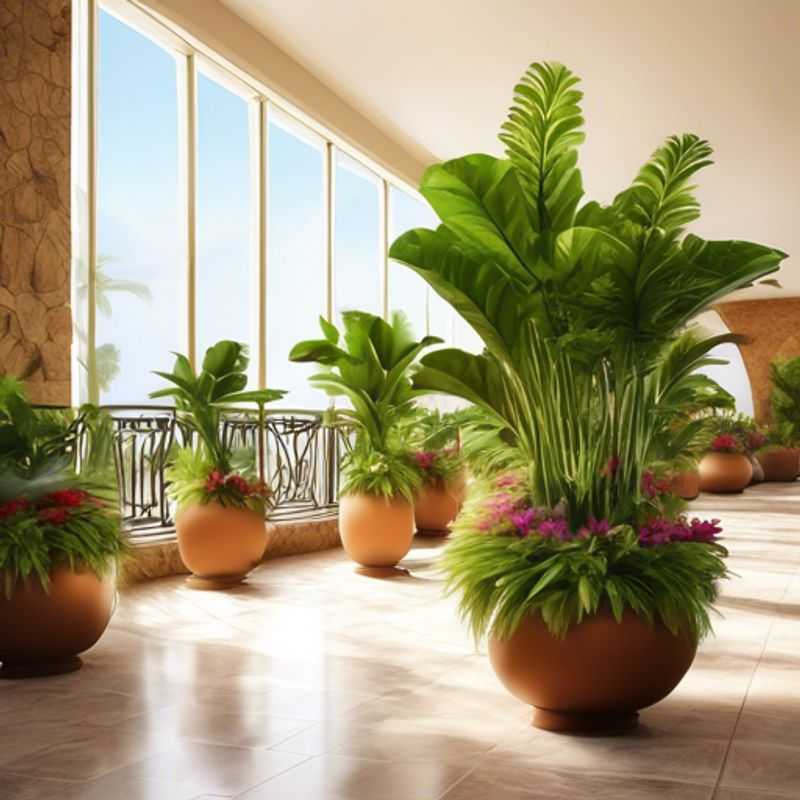
Matching Plants and Planters: A Deep Dive into Soil and Light Needs
Selecting the right planter for your plants begins with understanding their needs. Research your plant's specific soil and light requirements. This information will help you choose a planter that meets its needs.
Consider the soil type your plant prefers. Some plants thrive in well-draining soil, while others prefer moisture-retentive mixes. The planter should accommodate this preference.
Next, evaluate the light requirements. A sun-loving plant will need a planter placed in a bright location, while a shade-tolerant plant can thrive in a less sunny spot.
Don't forget the size and shape of the planter. Choose a planter that allows for the plant's root system to grow and develop. A too-small planter can restrict growth and lead to root issues.
Consider the material of the planter. Terracotta pots tend to dry out quickly, while plastic pots retain moisture. Your choice should align with your plant's water needs.
Lastly, think about your personal style. The planter should complement your home decor.
By researching your plant's specific needs and considering the factors mentioned above, you can confidently select a planter that ensures the health and beauty of your plants.
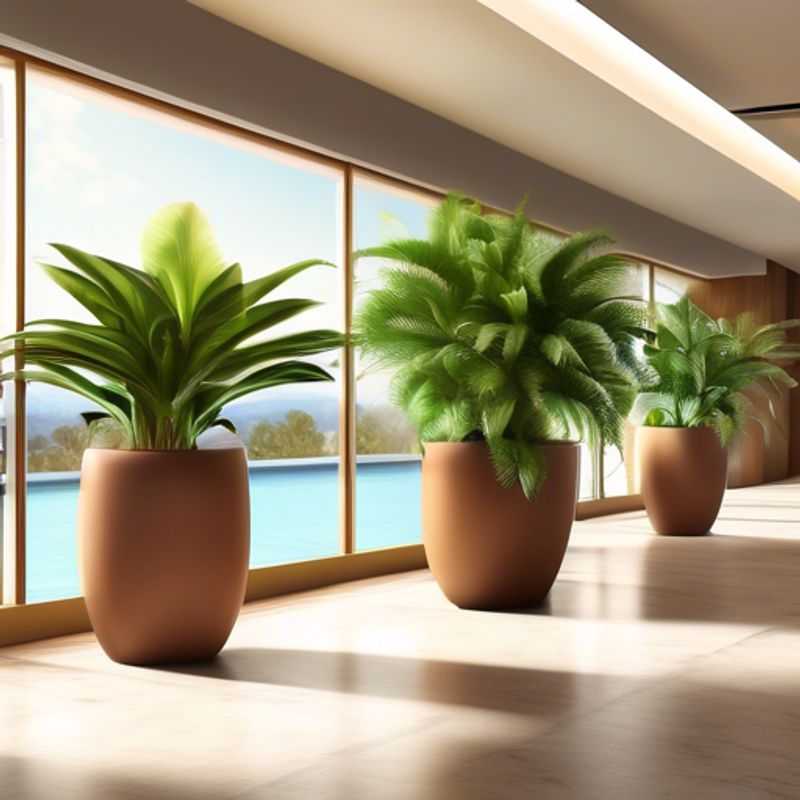
Watering Made Easy: Discover the Joy of Self-Watering Planters
Self-watering planters are a great way to simplify plant care. They come with a reservoir that holds water, which is then slowly released to the plant's roots. This means you don't have to water your plants as often, making them ideal for busy people or those who are prone to forgetting to water their plants.
When choosing a self-watering planter, it's important to consider the size of the plant and the amount of water it needs. Some planters have built-in indicators that show when the reservoir needs to be refilled. Others have wicking systems that draw water from the reservoir up to the roots.
While self-watering planters can be a great way to simplify plant care, they do require some initial investment. They can be more expensive than traditional planters, and you may also need to purchase additional supplies, such as potting mix and water.
Here are some tips for choosing and using a self-watering planter:
Choose a planter that is the right size for your plant.
Make sure the planter has a good drainage system.
Use a well-draining potting mix.
Don't overwater your plants.
Check the reservoir regularly to make sure it is full.
With a little care, self-watering planters can help you keep your plants healthy and happy, even if you're not always around to water them.
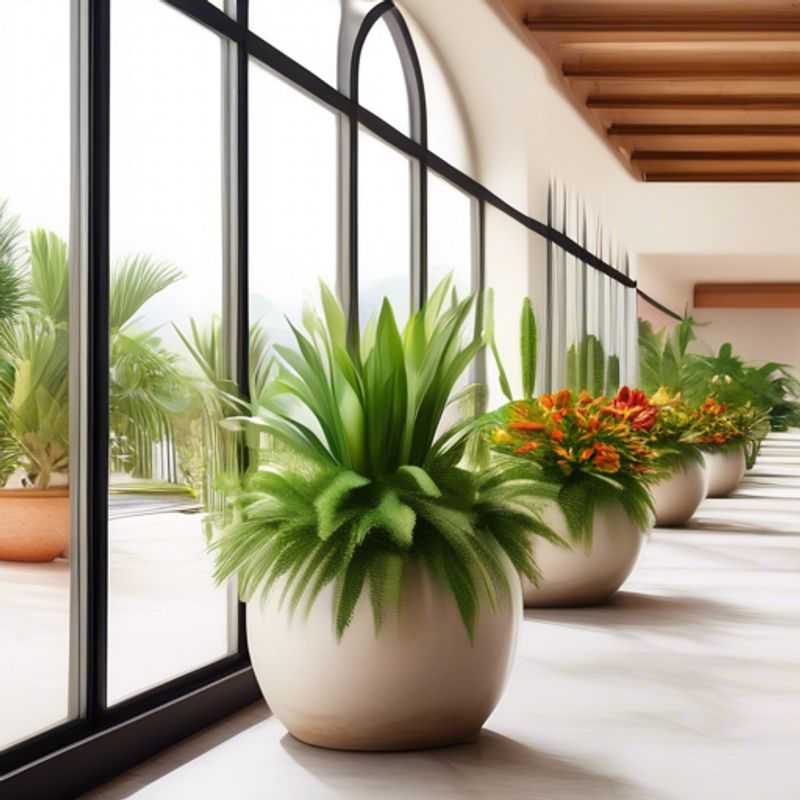
Planters That Blend: Choosing Neutral or Complementary Designs for Your Home
Choosing the right planter for your indoor plants can significantly impact the overall aesthetic of your space. While functionality is crucial, the design of the planter plays a vital role in harmonizing with your existing decor. Opting for planters with a neutral or complementary design can create a cohesive and visually appealing environment.
Neutral planters, like those in shades of white, black, or gray, seamlessly blend with various color palettes and interior styles. They provide a clean backdrop that allows your plants to take center stage, preventing visual clutter. Complementary planters, on the other hand, work in harmony with existing color schemes and patterns within your decor. They can introduce a subtle pop of color or texture, enhancing the overall ambiance.
When selecting planters, consider the style of your furniture, wall colors, and existing accessories. Neutral planters are particularly versatile, working well with minimalist, modern, and traditional interiors. Complementary planters can introduce a touch of personality to your space by mirroring specific colors or patterns found in your upholstery, rugs, or artwork.
Remember, choosing the right planter is a personal preference. Embrace experimentation and explore different designs to find the perfect match for your indoor oasis.
